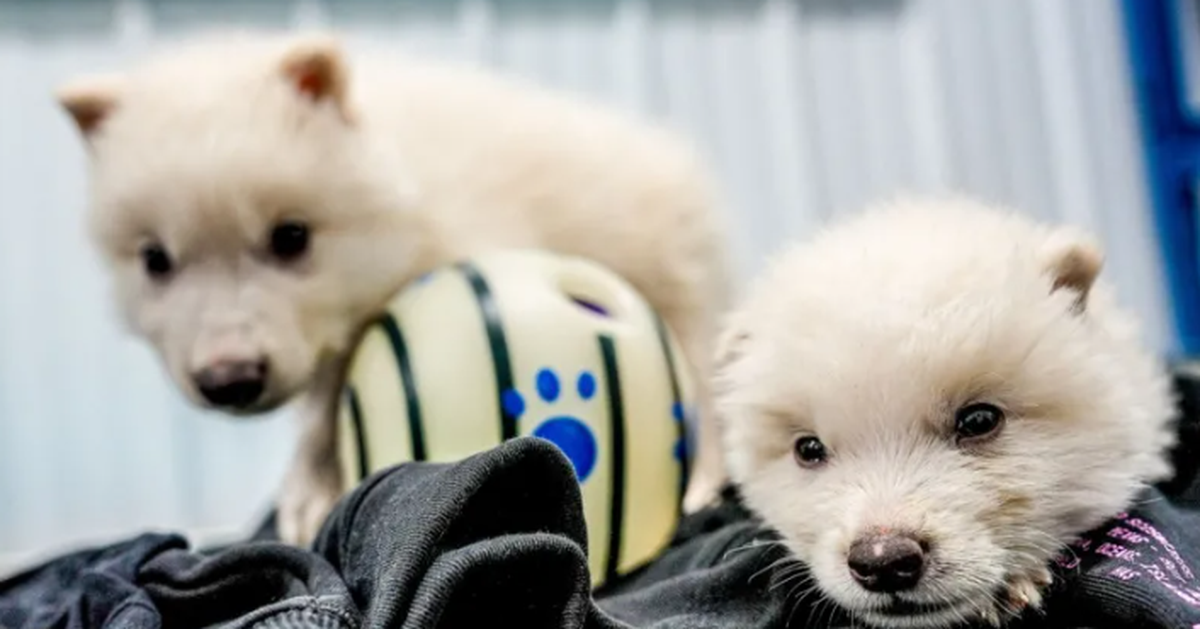The giant dragonfly had a wingspan of 71 cm and lived on the supercontinent Pangaea 275 million years ago.

Meganeuropsis permiana looks very much like modern dragonflies. Photo: Marbury
Long before birds ruled the skies, a dragonfly-like monster held the title of largest insect of all time. Named Meganeuropsis permiana , the extinct insect had an estimated wingspan of 71 centimeters, making it as big as a plump pigeon, according to IFL Science .
The remains of M. permiana show that they looked very much like modern dragonflies, although they are not classified as true dragonflies. Instead, they belong to an extinct insect class called Meganisoptera, or griffinflies.
M. permiana lived during the late Permian period, about 275 million years ago, when Earth was very different. All the planet's major landmasses were united into a supercontinent called Pangaea, which formed after the Euramerica and Gondwana continents collided. While the mainland was largely dominated by reptiles, insects experienced a dramatic increase in diversity during this time.
Meganeuropsis is a family of insects that includes two species. The larger species M. permiana was first described by American entomologist and paleontologist Frank Carpenter in 1939 based on an incomplete specimen found in Elmo, Kansas. Several years later, he described a similar, smaller species called Meganeuropsis americana.
Insect specimens are extremely difficult to find. Because they have no bones, insects do not fossilize in the same way that mammals, fish, birds, and reptiles do. In theory, there is a limit to how large insects can grow. It seems that M. permiana has reached that limit. For one thing, they are limited by their exoskeleton. Insects molt as they grow, and this is an energy-intensive process. The larger an insect gets, the more energy and resources it needs to build a new, larger exoskeleton.
Second, insects breathe differently than birds, reptiles, and mammals. They breathe air through a system of tiny tubes called tracheae that deliver oxygen directly to their cells. As insects grow larger, the air-filled tubes become less efficient at delivering oxygen to all of their cells. Insects also have a relatively simple metabolism, which is not well suited to sustaining their larger body sizes.
An Khang (According to IFL Science )
Source link


![[Photo] Phuc Tho mulberry season – Sweet fruit from green agriculture](https://vstatic.vietnam.vn/vietnam/resource/IMAGE/2025/4/10/1710a51d63c84a5a92de1b9b4caaf3e5)


![[Photo] Prime Minister Pham Minh Chinh chairs meeting to discuss tax solutions for Vietnam's import and export goods](https://vstatic.vietnam.vn/vietnam/resource/IMAGE/2025/4/10/19b9ed81ca2940b79fb8a0b9ccef539a)


























![[Photo] Summary of parade practice in preparation for the April 30th celebration](https://vstatic.vietnam.vn/vietnam/resource/IMAGE/2025/4/11/78cfee0f2cc045b387ff1a4362b5950f)

































































Comment (0)